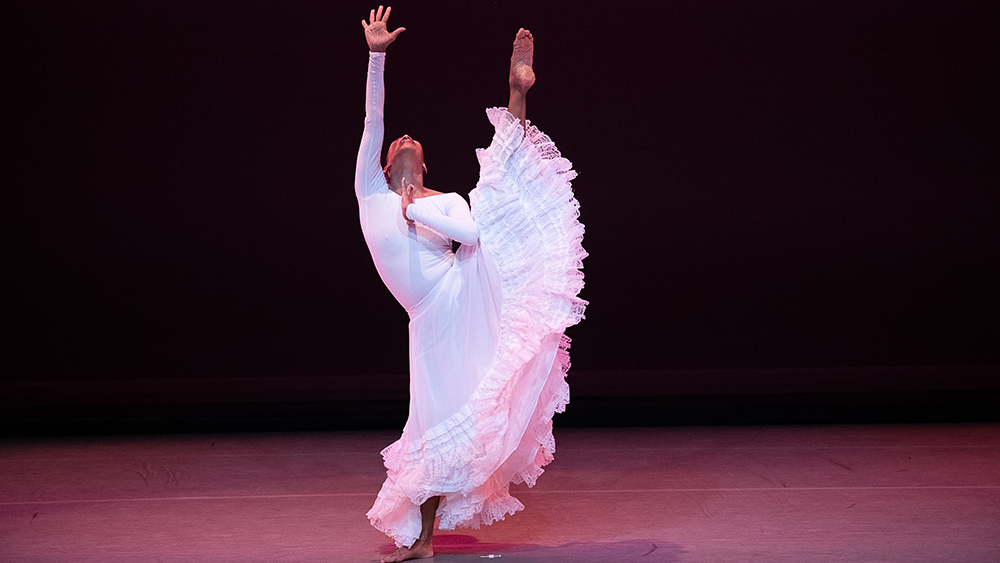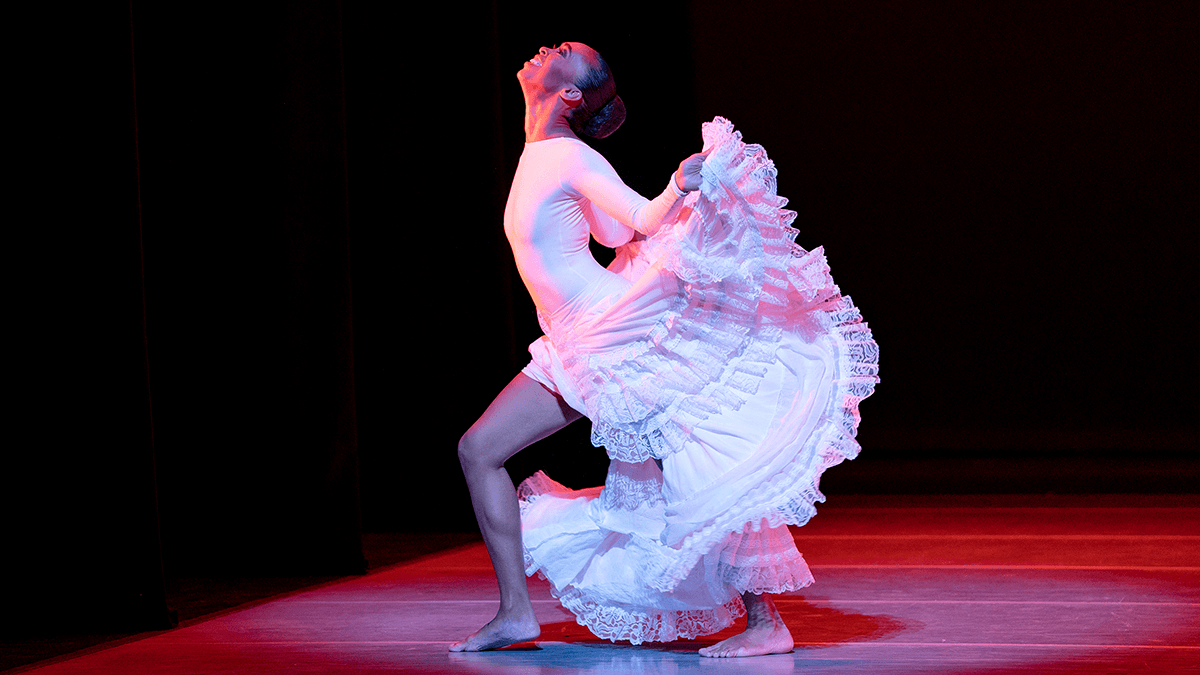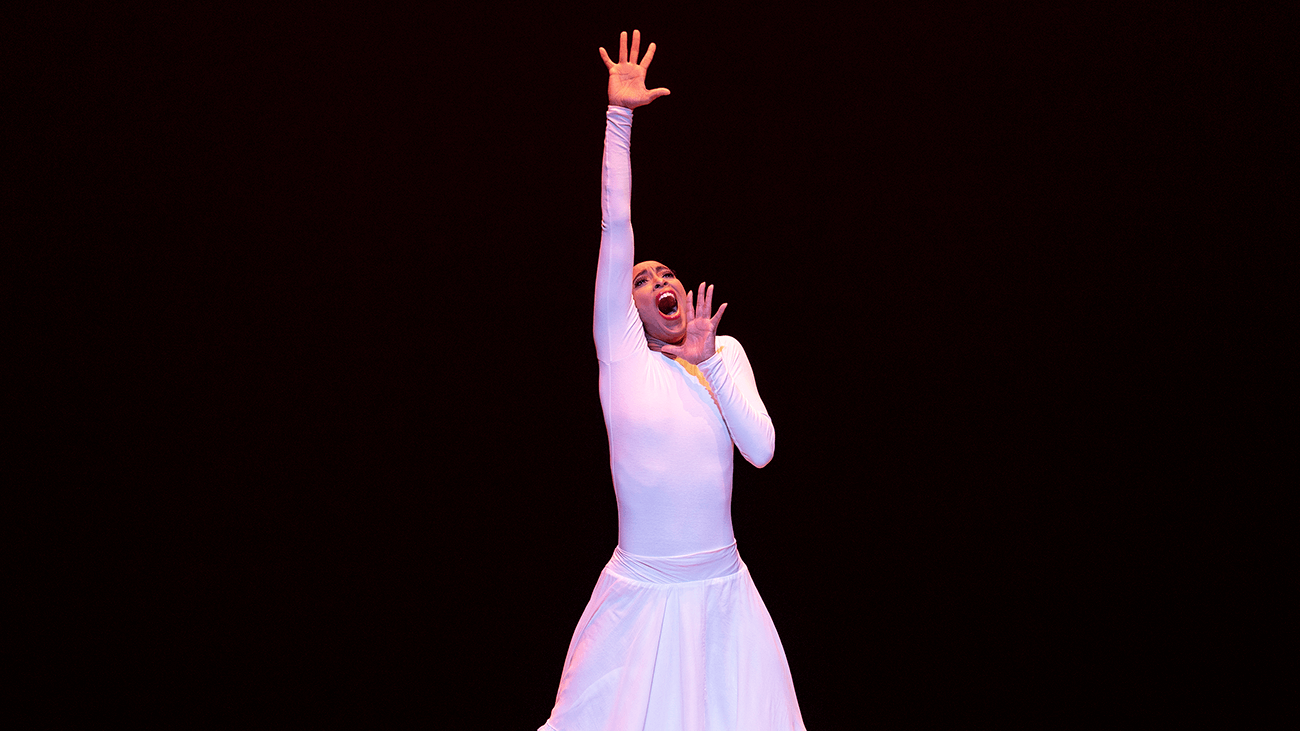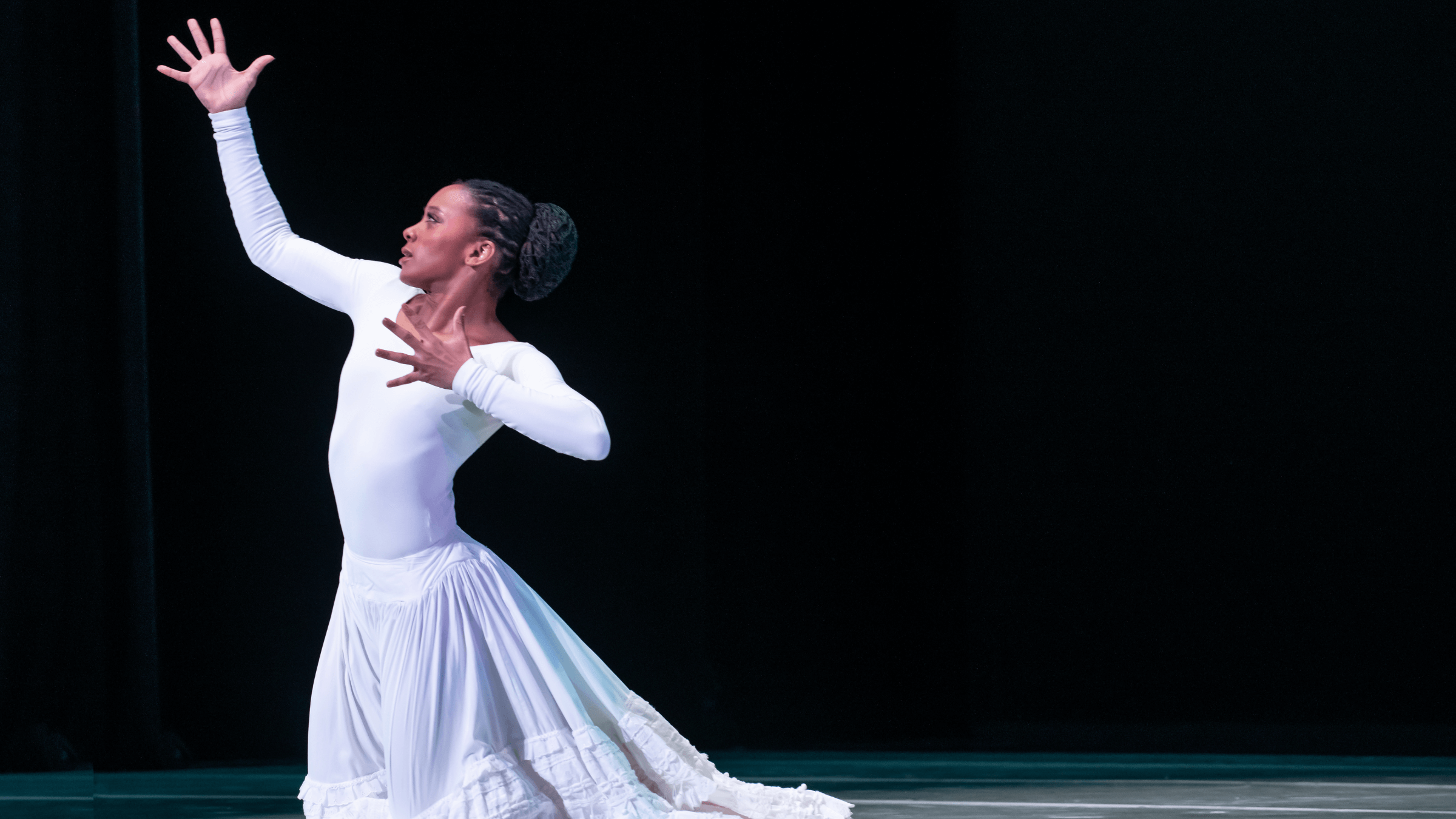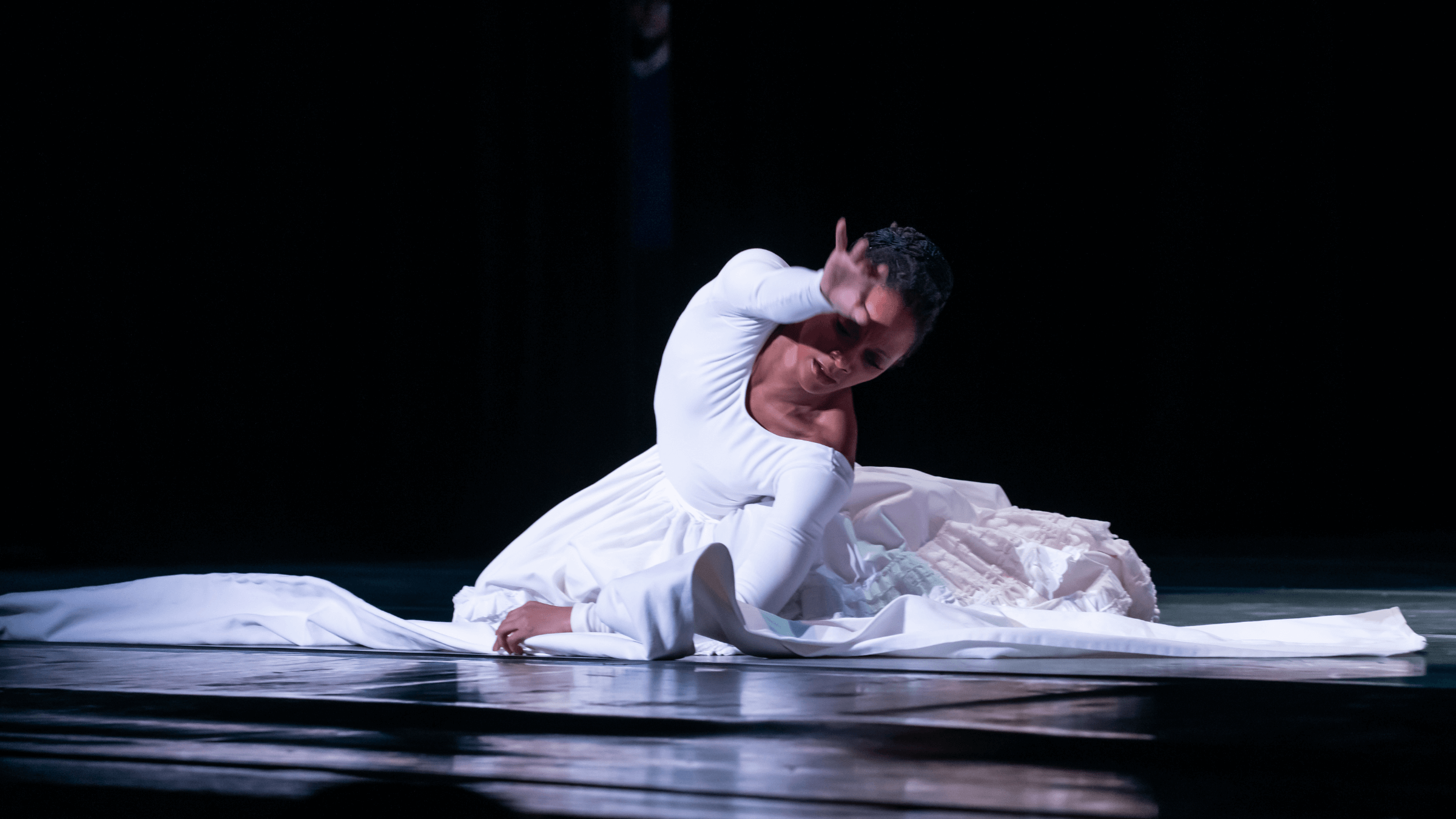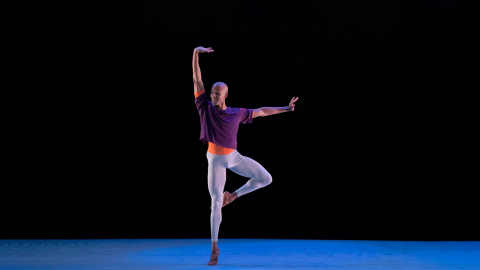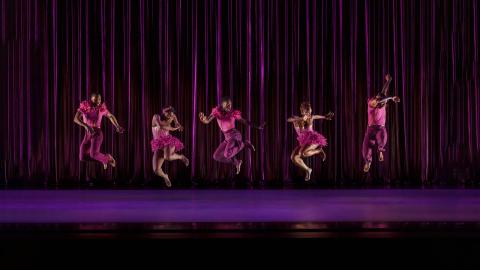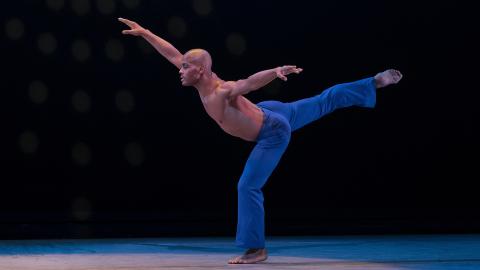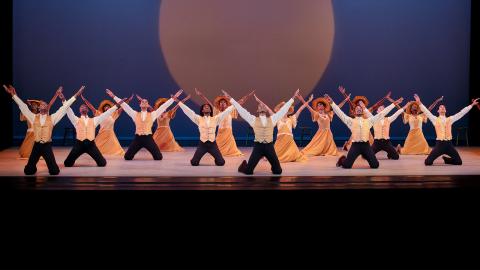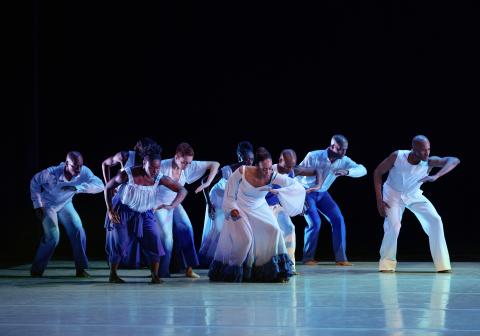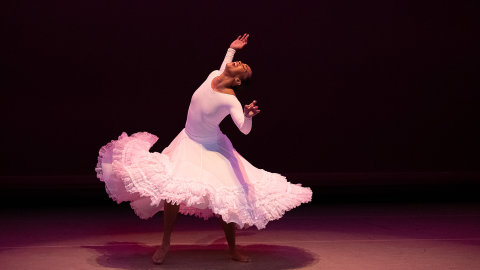- Performances & Tickets
- Classes & Training
- Rentals & Visits
-
About
- Organizational Overview
- History Timeline
- Alvin Ailey bio
- Watch Ailey Videos
- The Companies
- Alvin Ailey American Dance Theater
- Ailey II
- Alvin Ailey Dance Foundation
- The Ailey School
- Ailey Extension
- Arts In Education & Community Programs
- Artist in Residence Program
- Kansas City Friends of Alvin Ailey
- Joan Weill Center for Dance
- Board of Trustees
- Administrative Staff
- Job Opportunities
- Contact Us
- Shop
-
Support
- How to Give
- Donate
- Membership Programs
- Friends of AILEY
- Young Patrons Circle
- Ailey Partners
- Artistic Director's Circle
- Fundraising Events
- Opening Night Gala
- Washington, D.C. Gala Benefit
- More Ways to Give
- Corporate Support
- Honorary or Memorial Gifts
- Planned Giving
- Masazumi Chaya Fund
- Parents Annual Fund
- Other Ways to Give
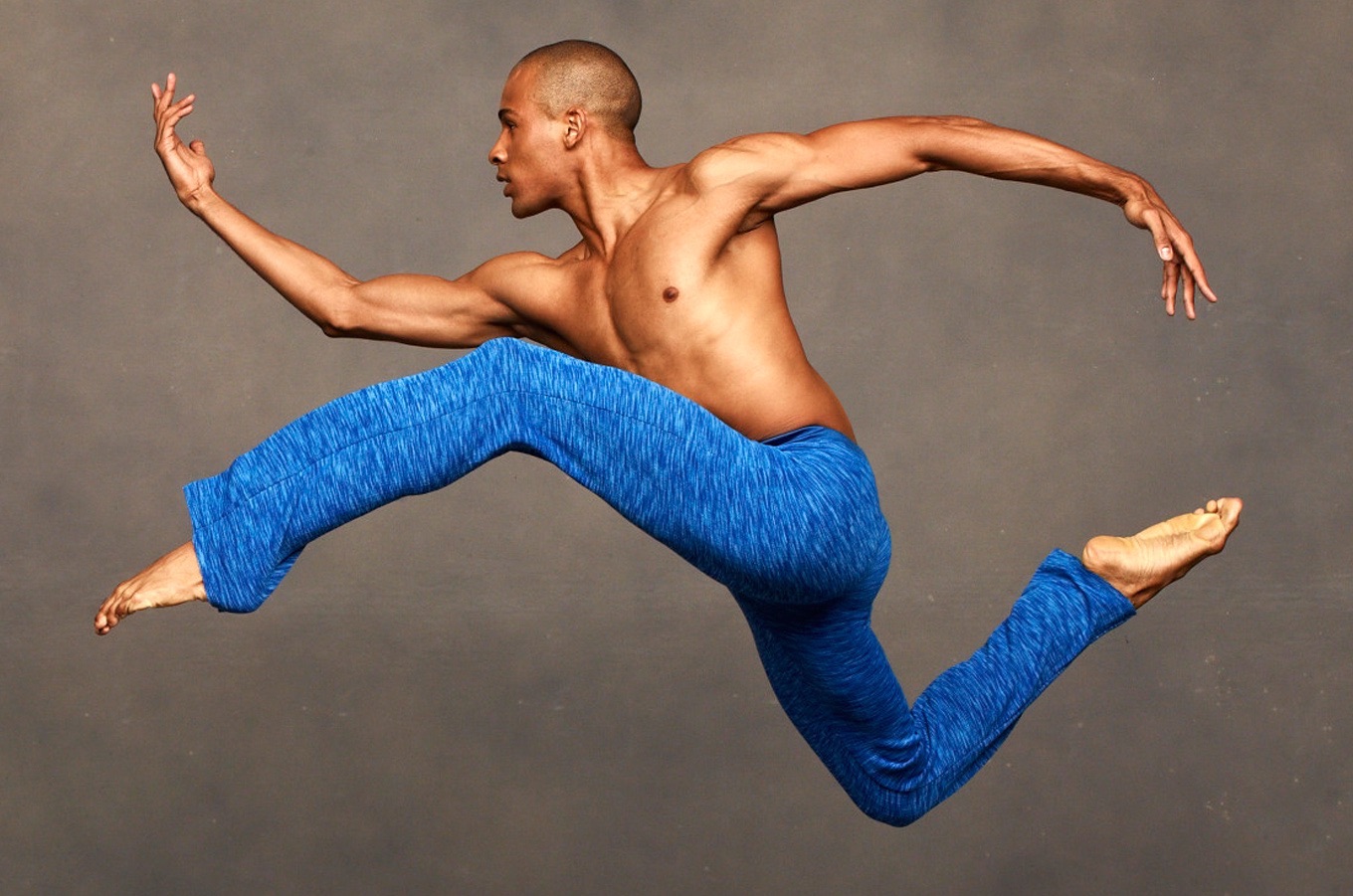
Sign Up for Ailey News
Please enter your email address to stay informed about the latest Ailey happenings and special offers.
